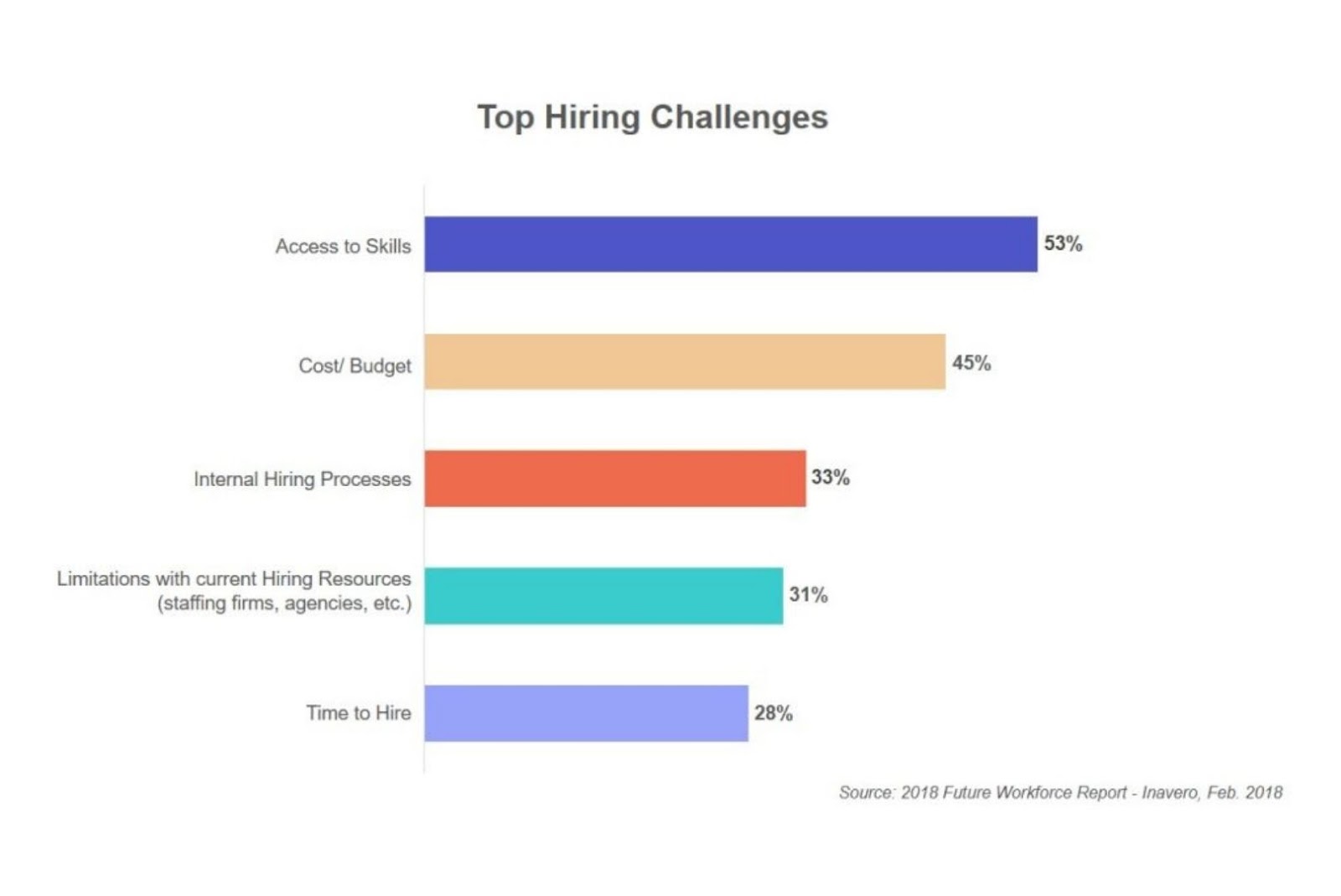
IBM is a prominent name in technology. It has a rich past. The company was started in 1911. To celebrate its centenary, 100 people were featured in a series that explains the company’s contributions to society. Joe Pytka directed "100x100", while Errol Morst, a documentary filmmaker who won an Academy Award, shot "They Were There". Philip Glass also provided music.
Hollerith punch card from ibm
The Hollerith punch card for IBM was inspired by a system that was used in textile mills as well as other industrial processes back in 1725. This method was later adopted by Joseph Marie Jacquard to create a silk portrait. Semen Korsakov, an 1832 inventor of punch cards, used them to store information. IBM's Hollerith punchcard would be used to record census data. This would eventually lead to the founding of IBM.
The strategic alliance between IBM and Nazi Germany began in early 1933, and the company's subsidiaries contributed to the development of various Nazi-era enabling technologies. For the German government to be able to quickly identify Jews and target them for destruction, it needed a reliable way. IBM's Hollerith punch-card machines were a critical tool in this process.
Magnetic stripe from ibm
IBM's magnetic stripe history begins when an engineer wanted to develop a way to affix magnetic media to plastic cards for storage. He was familiar with magnetic tape and believed it would be easy to combine them. But his wife suggested an alternative. She suggested melting the magnetic stripe on a plastic card. IBM was the first company to use this technology for commercial purposes.

The company was looking to develop a system for financial and personal identification. They needed a way to decode personal information and make it easier to find the data. The team assembled a group of researchers that were able to devise a system for doing just this. After the team had completed their work, IBM decided to adopt magnetic stripe technology and started rolling out employee ID cards and bank cards.
IBM's first computer
Arthur Rackham was born April 5, 1911 and was a leader in the introduction IBM's computers. He was an entrepreneur as well as a mathematician. He studied at Drake University. Iowa State College. Columbia University. Later, he became head of IBM's Research and Development Division.
The United States Air Force commissioned IBM to design an electromechanical bombsight. However, the company was still hesitant about the future of electronic computing. Tom Watson, Jr. felt that IBM wasn't moving fast enough to electronic computing at that time. He came up with an idea for an electronic computer to perform scientific computations.
IBM's research
The IBM Archives documents the company's accomplishments and progress through the years. IBM currently employs 195,000 engineers and has 350 distinguished engineers and 60 IBM fellows. NetObjects Technologies, CommQuest Technologies were acquired by the company. Many of its products have been used in the business sector.
The company's revenues grew steadily. Wall Street considered the company a giant at that time. In 1984, the company's profits jumped by nearly $16 billion. Wall Street loved IBM Corporation. IBM was also viewed as the only company able to compete with Japanese firms. It was even the subject of a bestseller.

IBM's stock-purchase plan
The IBM Stock Purchase Plan, a retirement plan that allows eligible IBM employees the opportunity to purchase common stock of the company, is called the IBM Stock Purchase Plan. Originally, IBM employees were paid 85 percent of the average market price on the first and last business days of the offering periods. IBM changed the terms to the plan in 2005. Eligible participants can now purchase full or partial shares of IBM stock at five percent off the average daily market price.
All shares purchased under the Plan can be resold at any time. Sometimes, the process can be stopped entirely. These shares can be bought from the open markets or treasury.
FAQ
What is the average price you should charge for a consulting job?
It depends on what you are offering. If you're providing services for free, there is no reason to charge anything. But if your services or products are for sale, you will need to establish prices that reflect their value.
You don't have any products to sell if you provide low-quality services. You are not worth anything, so why should anyone pay you anything.
You may be able to ask for a higher price if you offer high-quality services. This is because people know the value that you provide. Customers who buy multiple services from you may qualify for discounts.
How much does it cost for a consultant to be hired?
The cost to hire a consultant depends on many factors. These are:
-
Project size
-
Time frame
-
Scope of work
-
Fees
-
Deliverables
-
Other factors such as location and experience are also important.
What is the real value of consulting?
Consulting isn't just a career option for those who want to earn quick money. It's also a great place to gain valuable skills and build a foundation you can use in your future work.
There are many opportunities for consulting, including project management, strategy, training and leadership. Projects could include small start-ups or large international corporations.
Consulting allows you to learn and improve your skills while also gaining experience in many industries. This could involve learning to manage and negotiate teams, write proposals or manage budgets.
How is consulting different to freelancing
Freelancers are self-employed individuals who offer their services to clients without employees of a company or agency. They typically charge hourly rates based on time spent working on a client's project. Consultants are usually employed by companies or agencies. Their salaries are often paid monthly, or annually.
Because they have control over their work hours and can set their prices, freelancers are more flexible than consultants. But consultants have more benefits like vacation days, health insurance and retirement plans.
What skills will I need to be a consultant?
Strong interpersonal and analytical skills are essential for consultants. This is essential because you will be working on projects that you don't know the details of. You will need to learn how you manage people and solve problems quickly.
A strong communication skill is also necessary. Most clients expect an answer within 24 hours. They assume that you won't respond if they don't hear from them within 24 hours. It is vital to inform them and make sure that they are fully informed.
What's the difference between an advisor and a consultant?
An advisor provides information about a topic. A consultant can offer solutions.
A consultant works directly alongside clients to help them realize their goals. An advisor advises clients indirectly through books, magazines, lectures, seminars, etc.
What are the benefits of consulting?
Consultants have the ability to choose when and on what they work.
This means that you are able to work from wherever you're at any time.
This allows you to easily change your mind and not worry about losing your money.
Finally, you can control your income and set your own schedule.
Statistics
- WHY choose me: Why your ideal client should choose you (ex: 10 years of experience and 6-week program has helped over 20 clients boost their sales by an average of 33% in 6 months). (consultingsuccess.com)
- Over 50% of consultants get their first consulting client through a referral from their network. (consultingsuccess.com)
- According to statistics from the ONS, the UK has around 300,000 consultants, of which around 63,000 professionals work as management consultants. (consultancy.uk)
- So, if you help your clients increase their sales by 33%, then use a word like “revolution” instead of “increase.” (consultingsuccess.com)
- My 10 years of experience and 6-step program have helped over 20 clients boost their sales by an average of 33% in 6 months. (consultingsuccess.com)
External Links
How To
What Does A Typical Day For A Consultant Look Like?
Each type of work will dictate the day's pace. You'll spend your time researching new ideas and meeting clients.
Clients will often meet with you to discuss their problems. These meetings can be held over the telephone, online or face-to face.
Also, proposals are documents that outline your ideas or plans for clients. Before presenting these proposals to clients, you will usually need to discuss them with a colleague or mentor.
After all the preparation, you'll need to start creating content. Writing articles, designing websites, editing photos or conducting interviews are just some of the options.
Depending on the scope of the project, you may need to do some research in order to gather relevant statistics or figures. This could include finding out how many customers your company has and whether they purchase more than one product.
Once you have gathered enough information, it's time to present your findings to clients. You can either present your findings in writing or orally.
Finally, you must follow up with clients after the initial consultation. For example, you might call them periodically to see how things are going or send emails asking them to confirm that they received your proposal.
Although this process can take time, it is important to stay focused and build good relationships with your clients.